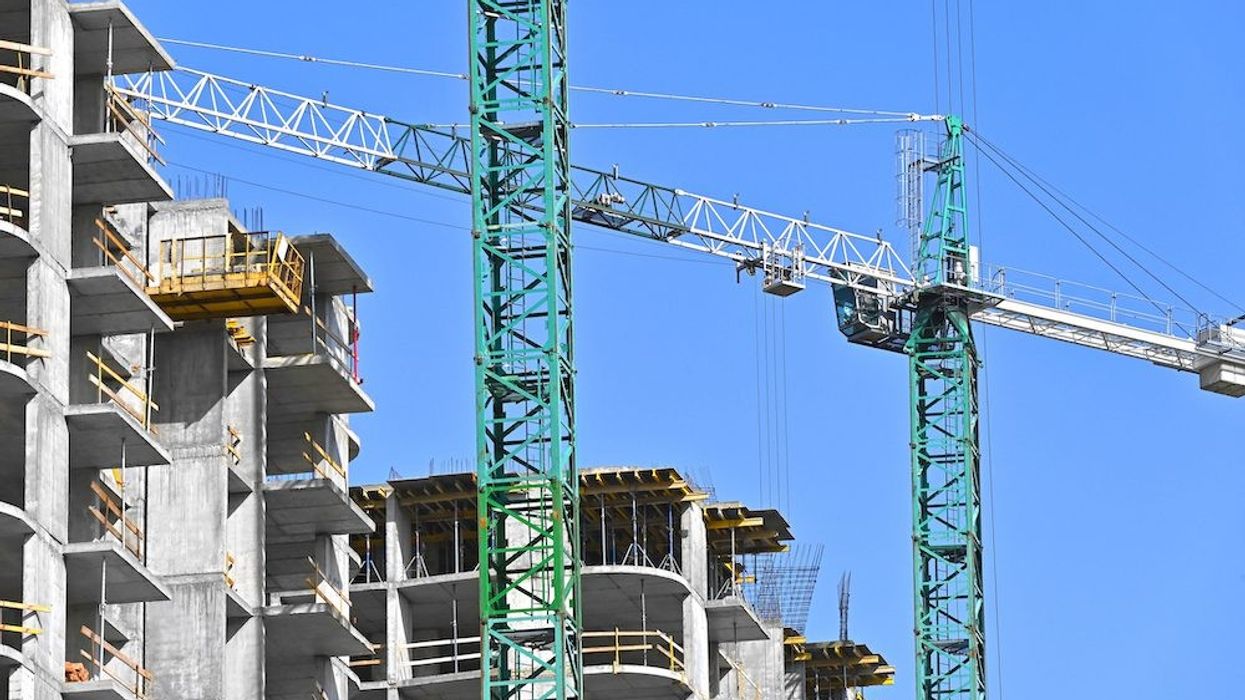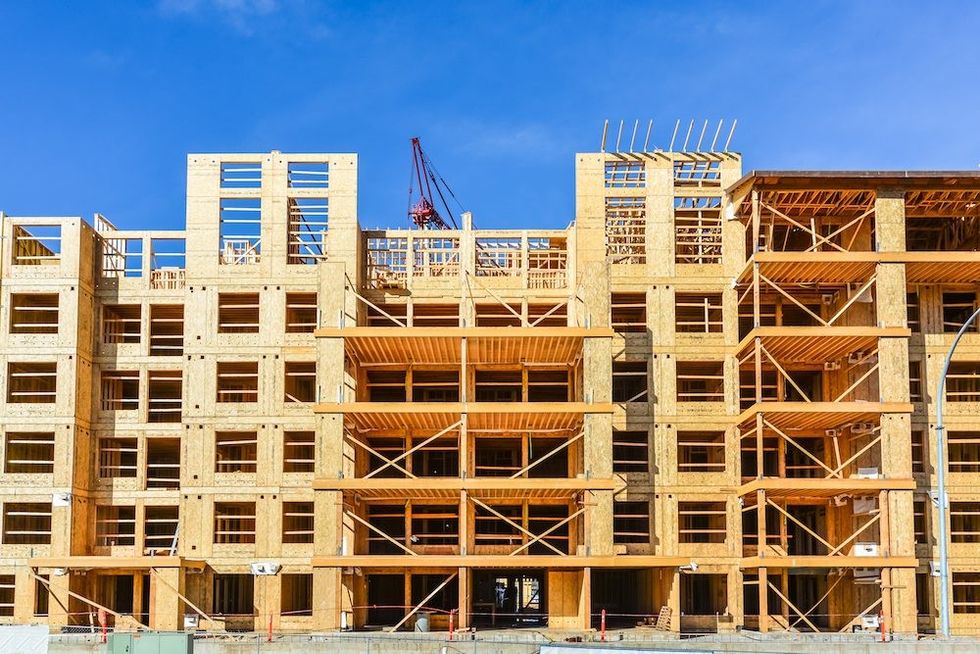This morning, Statistics Canada (StatCan) released its latest construction figures.
And the data is pretty consistent with a recently-released report from Ireland-based Research and Markets that calls for “modest” growth in Canada’s construction industry for the next year.
Notably, however, the residential sector took a hit for the first time in months.
According to StatCan, investment in building construction edged up 0.3% to $20.8B in June. Gains in the non-residential sector (+2.4%) helped keep overall investment up. StatCan says that the majority of the strength for the month of June came from Ontario, reporting gains in all building components following a weak May resulting from a construction workers strike in the province. On a constant dollar basis (2012=100), investment in building construction declined 0.6% to $12.5B.
Meanwhile, the residential construction sector broke its growth streak. Despite six provinces reporting growth, residential construction investment declined 0.4% to $15.5B in June, with Quebec (-6.7%) causing most of the fall. This was the first decline in nine months for residential investment, says StatCan.
Multi-unit construction investment fell 1.6% to $6.9B in June. Despite this decrease, investment in multi-unit construction has shown an overall upward trend since October 2021, says StatCan. Investment in single-family homes continued to show strength, having outpaced multi-unit construction since the COVID-19 pandemic downturn. It increased 0.7% to $8.6B in June, with gains in six provinces.
Meanwhile, the non-residential sector rebounded in June, increasing 2.4% to $5.3B in June. Commercial investment advanced 2.7% to $3.0B, led by Ontario (+4.1%). After falling for the first time in 13 months in May, thanks to the Ontario construction workers strike, the commercial component made up for the temporary decline and continued its upward trend, says StatCan.
When looking back at the second quarter of the year, the total value of investment in building construction rose 3.3% to $62.3B -- the third consecutive quarterly increase. Investment for residential buildings reached $46.4B, largely due to increased spending on multi-unit construction. The non-residential sector rose 2.6% to $15.8B. Ontario's growth in the second quarter remained flat when compared with the first quarter of the year, with the strike impacting investment in all components, says StatCan. The industrial sector was the only component to show notable growth for this province in the second quarter.
Residential investment in the single-unit component increased for the third quarter in a row, rising 2.6% for the quarter to $25.7B. The multi-unit component has increased for the previous three quarters, rising 4.5% this quarter, with most of the growth coming from Quebec.
Investment in the non-residential sector was up 2.6% to $15.8B, continuing growth from the previous quarter. The commercial component, which contributed the most to the non-residential sector, gained 2.8% to $8.8B, its fifth consecutive quarterly growth.The institutional sector edged up 0.5% to $4.2B, up for the sixth consecutive quarter. The industrial component rose 5.4% to $2.9B, with Ontario (+8.3%) leading the gains.






















